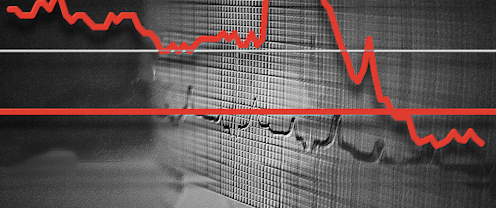We can and should keep unemployment below 4%, says our survey of top economists
- Written by Peter Martin, Visiting Fellow, Crawford School of Public Policy, Australian National University

Australia’s leading economists believe Australia can sustain an unemployment rate as low as 3.75% – much lower than the latest Reserve Bank estimate of 4.25%[1] and the Treasury’s latest estimate of 4.5%[2].
This finding, in an Economic Society of Australia poll of 51 leading economists selected by their peers, comes ahead of next month’s release of a government employment white paper[3], and an expected direction from Treasurer Jim Chalmers that the Reserve Bank quantify[4] its official employment target.
Asked what unemployment rate was most consistent with “full employment” under present policy settings, the 46 respondents who were prepared to pick a number or range picked an average rate of 3.75%.
The median (middle) response was higher, but still below official estimates – an unemployment rate of 4%.
References
- ^ 4.25% (www.rba.gov.au)
- ^ 4.5% (treasury.gov.au)
- ^ employment white paper (treasury.gov.au)
- ^ quantify (theconversation.com)
- ^ down (theconversation.com)
- ^ Australia is about to set its first full employment target – and it will define people's lives for decades (theconversation.com)
- ^ white paper (treasury.gov.au)
Authors: Peter Martin, Visiting Fellow, Crawford School of Public Policy, Australian National University














